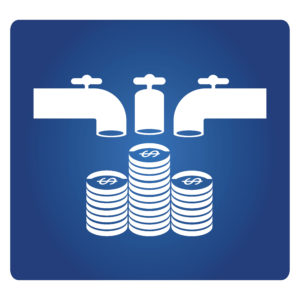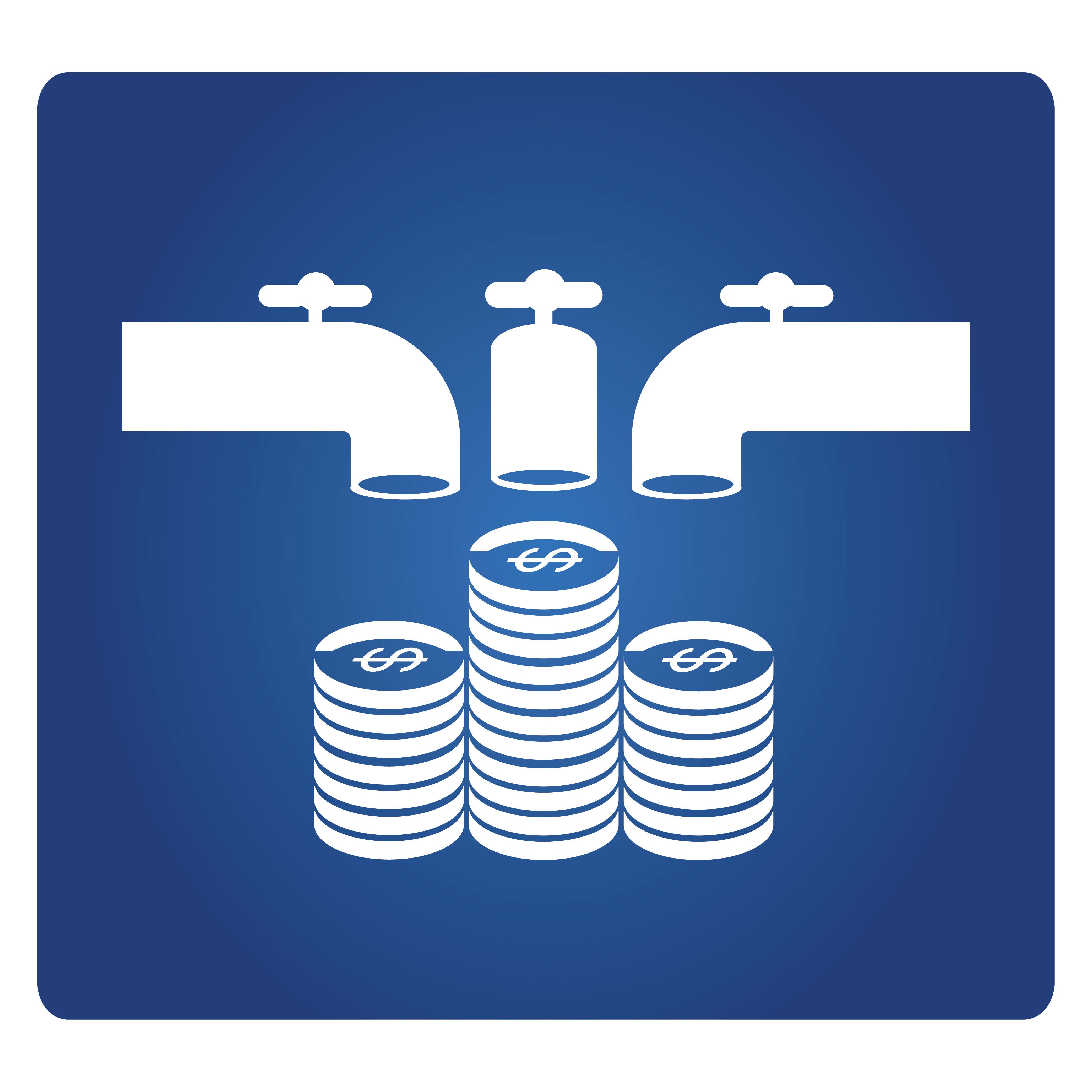Where Will Your Retirement Money Come From

For many people, retirement income may come from a variety of sources. Here’s a quick review of six primary sources:
Social Security
Social Security is the government-administered retirement income program. Workers become eligible after paying Social Security taxes for 10 years. Benefits are based on each worker’s 35 highest earning years. (If there are fewer than 35 years of earnings, non-earning years may be counted in the calculation.) In mid-2018, the average monthly benefit was $1,413.[i],[ii]
Personal Savings and Investments
These resources can also provide income during retirement. Depending on your risk tolerance, time horizon and goals, you may want investments that offer steady monthly income over vehicles giving you the potential for double-digit returns. A quick chat with a financial professional can help you understand your risk tolerance as you approach retirement.
Individual Retirement Accounts
Traditional IRAs have been around since 1974. Contributions you make to a traditional IRA are commonly deductible. Distributions from a traditional IRA are taxed as ordinary income, and if taken before age 59½, may be subject to a federal income tax penalty. Once you reach age 70½, these accounts require mandatory withdrawals.[iii]
Roth IRAs were created in 1997. Contributions you make to a Roth IRA are non-deductible, as they are made using money that has already been taxed. Sometimes, only partial Roth IRA contributions can be made by taxpayers with six-figure incomes; some especially high-earning individuals and couples cannot direct money into Roth IRAs at all. To qualify for the tax-free and penalty-free withdrawal of earnings, Roth IRA distributions must meet a five-year holding requirement and occur after age 59½. Roth IRAs do not have any required minimum distribution rules.3
Defined Contribution Plans
Many workers are eligible to participate in a defined-contribution plan such as a 401(k), 403(b), or 457 plan. Eligible workers can set aside a portion of their pre-tax income into an account, and the invested assets may accumulate with taxes deferred, year after year. Generally, once you reach age 70½, you must begin taking required minimum distributions from these workplace plans.[iv] Some plans may also include an option to contribute after tax income.
Defined Benefit Plans
Defined benefit plans are “traditional” pensions – employer-sponsored plans under which benefits, rather than contributions, are defined. Benefits are normally based on specific factors, such as salary history and duration of employment. Relatively few employers offer these kinds of plans today.[v]
Continued Employment
In a recent survey, 68% of workers stated that they planned to keep working in retirement. In contrast, only 26% of retirees reported that continued employment was a major or minor source of retirement income. Many retirees choose to continue working as a way to stay active and socially engaged. Choosing to work during retirement, however, is a personal decision that should be made after considering your finances and personal goals.[vi]
To speak to a CapSouth advisor about retirement planning contact our office at 800.929.1101 or visit our website at http://capsouthwm.com/services/financial-estate-planning/
Utilize our free financial calculator at https://capsouthwm.com/resources-guides/financial-calculators/
Investment advisory services are offered through CapSouth Partners, Inc., dba CapSouth Wealth Management, an independent registered Investment Advisory firm. Information provided by sources deemed to be reliable. CapSouth does not guarantee the accuracy or completeness of the information. This material has been prepared for planning purposes only and is not intended as specific tax or legal advice. Tax and legal laws are often complex and frequently change. Please consult your tax or legal advisor to discuss your specific situation before making any decisions that may have tax or legal consequences.
This article contains external links to third party content (content hosted on sites unaffiliated with CapSouth Partners). The policies and procedures governing these third-party sites may differ from those effective on the CapSouth company website, as outlined in these Disclaimers. As such, CapSouth makes no representations whatsoever regarding any third-party content/sites that may be accessible directly or indirectly from the CapSouth website. Linking to these third-party sites in no way implies an endorsement or affiliation of any kind between CapSouth and any third party, including legal authorization to use any trademark, trade name, logo, or copyrighted materials belonging to either entity.
[i] https://www.waddell.com/explore-insights/market-news-and-guidance/planning/9-facts-about-social-security
[ii] https://www.cbpp.org/research/social-security/policy-basics-top-ten-facts-about-social-security
[iii] https://www.cnbc.com/2018/07/30/roth-vs-traditional-iras-how-to-decide-where-to-put-your-money.html
[iv] https://www.fool.com/retirement/2018/11/21/the-most-important-401k-rules-for-maximizing-your.aspx
[v] https://www.investopedia.com/terms/d/definedbenefitpensionplan.asp
[vi] https://www.investopedia.com/articles/personal-finance/101515/planning-retiring-later-think-again.asp





